Birds and other mobile features in the garden 2013 #4
claireplymouth z6b coastal MA
11 years ago
Related Stories

GARDENING GUIDESBackyard Birds: Northern Cardinals in the Snow, and Other Red Birds
Brilliant crimson feathers make these friends stand out in a crowd
Full Story
GARDENING FOR BIRDSWild Birds Transform a Woman’s Garden and Life
How Sharon Sorenson created a wildlife haven and became the Bird Lady of Southern Indiana
Full Story
GARDENING FOR BUTTERFLIESBring on the Birds: Natural Habitat Ideas for Gardens of All Sizes
Provide nesting, watering and perching spots inspired by the Costa Rican jungle and watch the birds flock on over
Full Story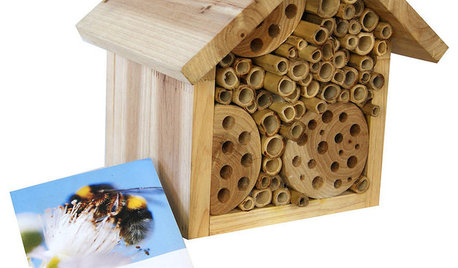
PRODUCT PICKSGuest Picks: 20 Ways to Play Garden Host to Birds and Bees
Perch some of these houses and feeders around your garden, and watch pollinators and feathered friends flock in
Full Story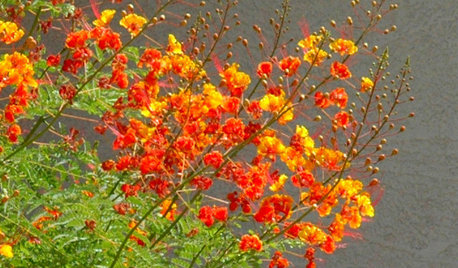
GARDENING FOR BUTTERFLIESGreat Design Plant: Red Bird-of-Paradise Soars With Color
Fiery bursts of red-orange flowers bring hot summer gardens to life, while this shrub's drought tolerance keeps the living easy
Full Story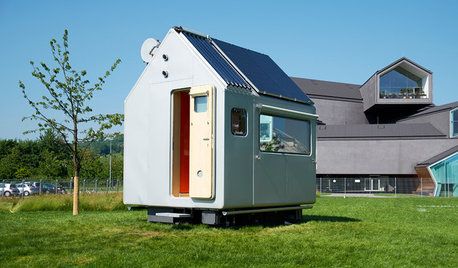
MODERN ARCHITECTUREThe Gable Goes Mobile, Micro and Mod
Three ingenious tiny homes feature the familiar peaked roof in unexpected ways
Full Story
GARDENING GUIDES8 Native Shrubs for Year-Round Bird Feeding
It’s not just about berries. These plants provide insects for birds and seasonal interest for gardeners
Full Story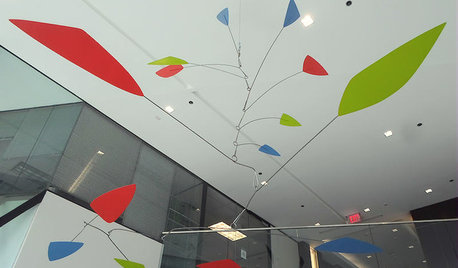
ARTFrom the Artist: How to Make a Real Mobile
It’s all in the balancing points: A top mobile designer shows how to create a Calder-inspired installation of your own
Full Story
GARDENING GUIDESBackyard Birds: How to Care for American Goldfinches
The American goldfinch is a bright-in-the-summer visitor and one of the only vegetarian songbirds. Here's how to give them a healthy habitat
Full Story
GARDENING GUIDESBackyard Birds: Invite Entertaining Hummingbirds Into Your Garden
Hummingbirds — unique to the Americas — zip through open landscapes seasonally or year-round. Here’s how to attract them
Full StoryMore Discussions






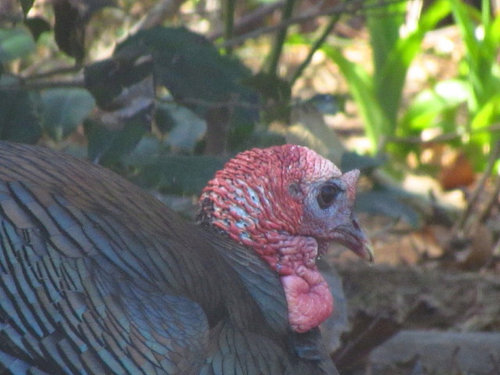
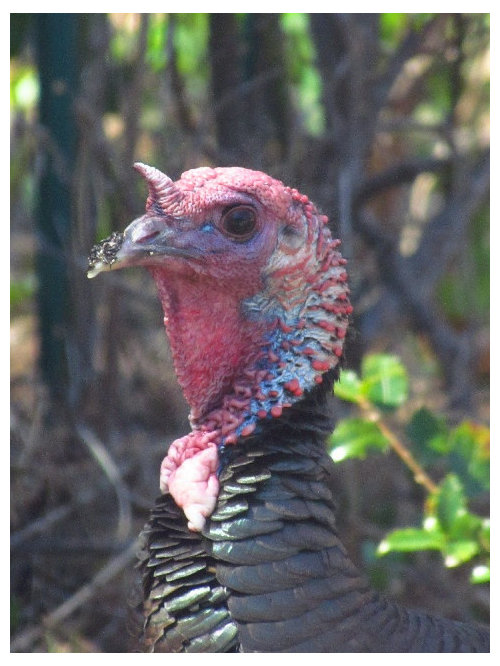




claireplymouth z6b coastal MAOriginal Author
claireplymouth z6b coastal MAOriginal Author
Related Professionals
Signal Hill Landscape Architects & Landscape Designers · Berwyn Landscape Contractors · Cambridge Landscape Contractors · Cincinnati Landscape Contractors · Essex Landscape Contractors · Framingham Landscape Contractors · Gaithersburg Landscape Contractors · Hickory Hills Landscape Contractors · Mequon Landscape Contractors · Middleton Landscape Contractors · Middletown Landscape Contractors · Pleasanton Landscape Contractors · Ronkonkoma Landscape Contractors · Tewksbury Landscape Contractors · Wheat Ridge Landscape Contractorscorunum z6 CT
molie
corunum z6 CT
molie
molie
claireplymouth z6b coastal MAOriginal Author
NHBabs z4b-5a NH
molie
claireplymouth z6b coastal MAOriginal Author
NHBabs z4b-5a NH
molie
corunum z6 CT
NHBabs z4b-5a NH
claireplymouth z6b coastal MAOriginal Author
corunum z6 CT
claireplymouth z6b coastal MAOriginal Author
claireplymouth z6b coastal MAOriginal Author
corunum z6 CT
claireplymouth z6b coastal MAOriginal Author
NHBabs z4b-5a NH
corunum z6 CT
corunum z6 CT
claireplymouth z6b coastal MAOriginal Author
pixie_lou
corunum z6 CT
claireplymouth z6b coastal MAOriginal Author
pixie_lou
claireplymouth z6b coastal MAOriginal Author
pixie_lou
molie
corunum z6 CT
corunum z6 CT
claireplymouth z6b coastal MAOriginal Author
molie
claireplymouth z6b coastal MAOriginal Author
corunum z6 CT
corunum z6 CT
claireplymouth z6b coastal MAOriginal Author
corunum z6 CT
pixie_lou
corunum z6 CT
claireplymouth z6b coastal MAOriginal Author
pixie_lou
corunum z6 CT
claireplymouth z6b coastal MAOriginal Author
spedigrees z4VT
claireplymouth z6b coastal MAOriginal Author
claireplymouth z6b coastal MAOriginal Author